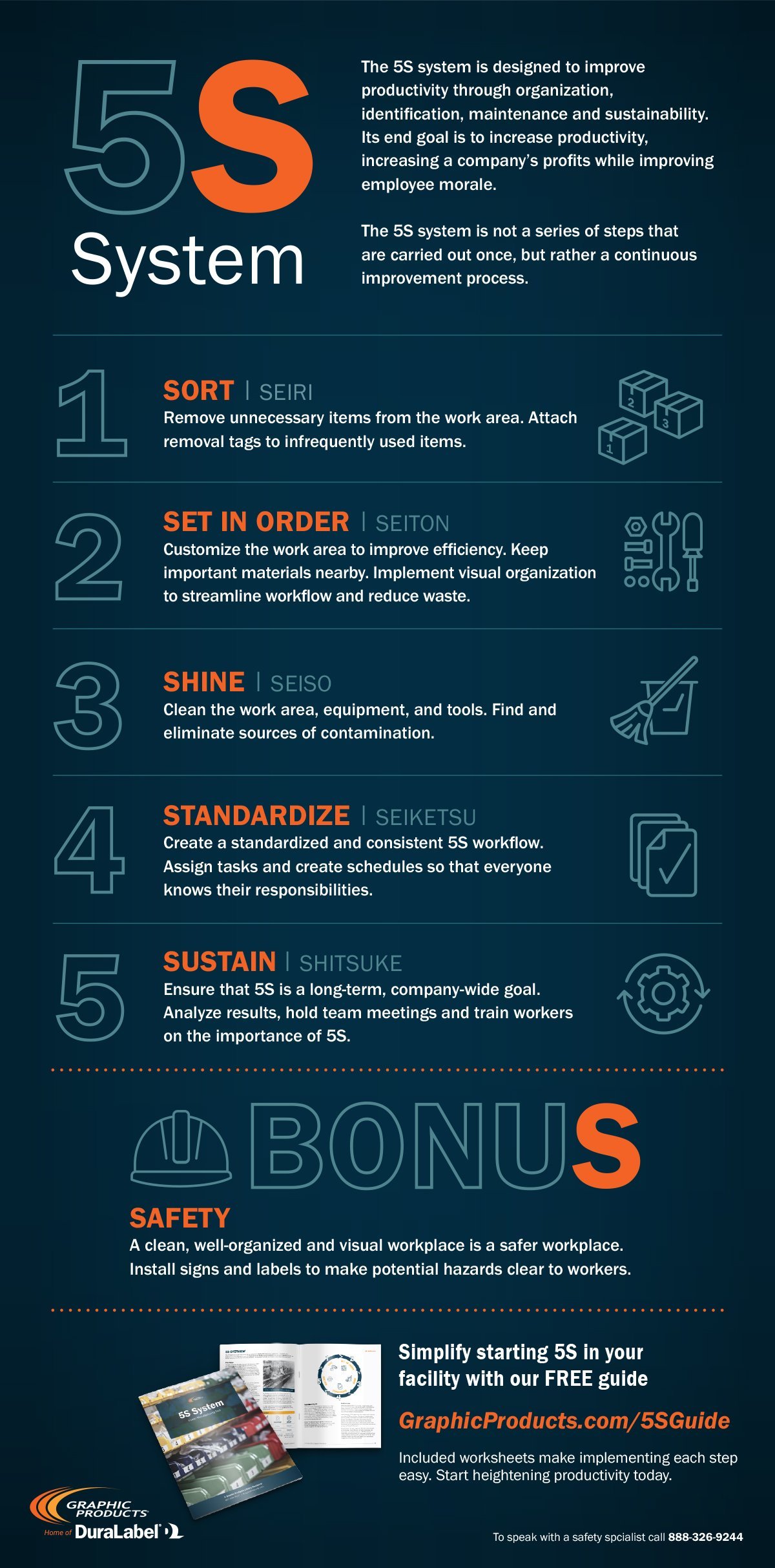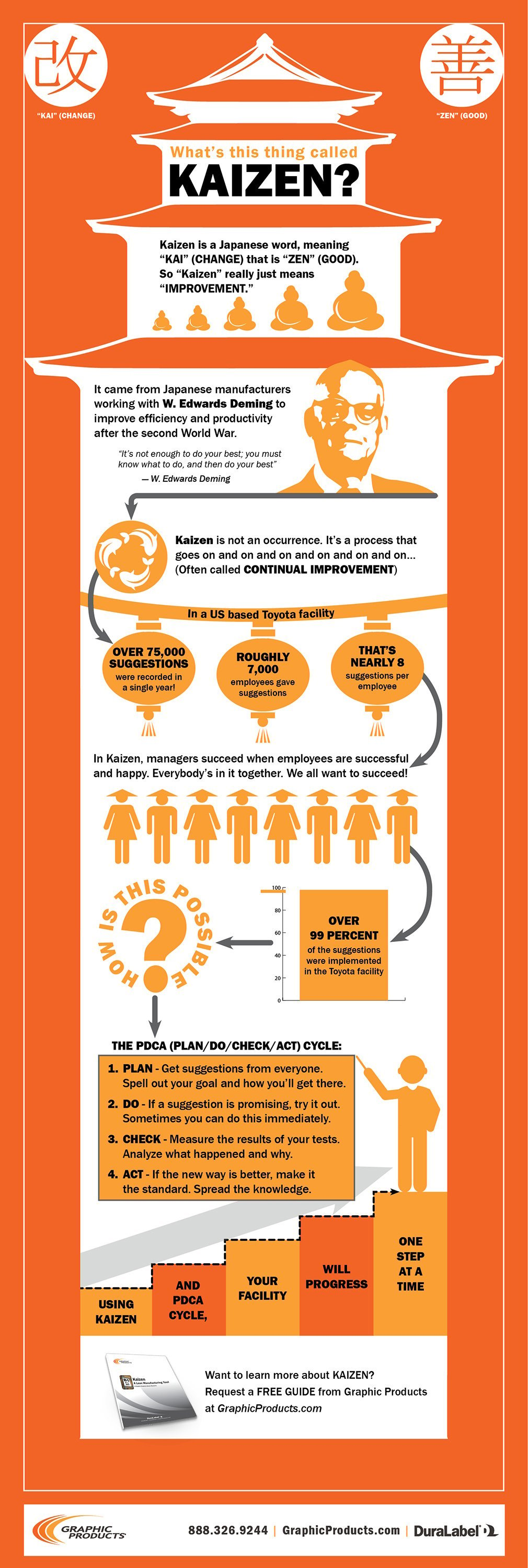- Home
- >
- Resources
- >
- Infographics
- >
- Kanban
Resource Navigation
Kanban
03
February,
2023
1 MINUTE READ
Kanban (translated from Japanese, "visual cards") is a method for controlling the flow of materials within a supply chain to reduce waste. Kanban uses visual signals (most commonly cards) to control inventory based on customer demand.
This infographic uses real-world examples to explain Kanban-and show how users can implement the system in their facility.
The following is a transcript of the Kanban infographic:
Originally developed at Toyota, the scheduling approach to manufacturing known as Kanban has revolutionized how corporations and suppliers maximize efficiency in getting products to and from the assembly line. When implemented properly, the Kanban technique minimizes waste, avoids overproduction, and ensures quick response to changes and problems.
"When you have lots of inventory, you are always one part short" - Taiichi Ohno
Kanban is a logical lean manufacturing tool for producing things in a very efficient way, on an as needed basis. The word "Kan" means "visual" in Japanese, and the word "ban" means "card." So Kanban refers to "visual cards."
Kanban cards are used to schedule and track production from inventory to manufacturing and delivery. In this example, we're manufacturing pizzas.
Visual cues are used to signal inventory levels.
- Inventory
- Manufacturing
- Delivery
The simplest Kanban system includes three stages:
- To do
- Doing
- Done
Here's how it works when manufacturing pizzas:
- To Do: Inventory supply
- Doing: Mixing and baking
- Done: Packaging and shipping
As we ship boxes of pizza from our Done column, we pull Doing Kanbans to the right, because we need to bake more based on the actual supply demands of customers.
Because we're baking more, we need more supplies. So we pull a To Do Kanban to the right. Now it's time to order more supplies. Thanks to Kanban, we're only buying and baking what we need to fill orders. No excess inventory, and no stale pizzas.
RELATED RESOURCES

32 Lean Essentials
Lean manufacturing-often simply "lean," for short-has exploded in recent years as companies worldwide work to ...
Read
The 5S System
The 5S System, or method, is a systematic approach to productivity, quality, and efficiency in all types of ...
Read
Kaizen
Kaizen focuses on applying small, daily changes that result in major improvements over time. Unlike many ...
Read.png)



